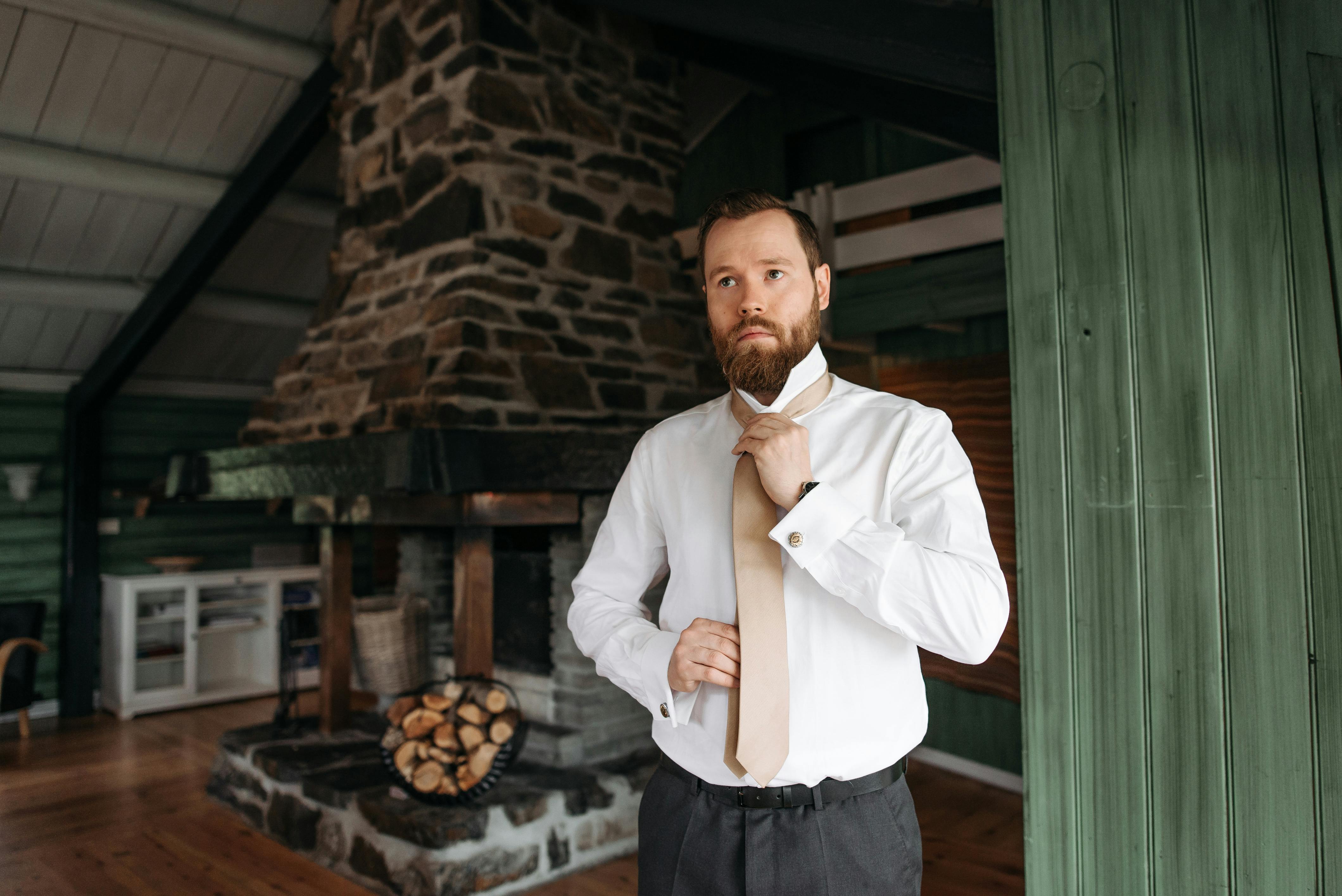invisible difference
Psychologist Elaine Aron repeatedly points out that High sensitivity It’s not about having sharper vision, sharper hearing, or more delicate skin than other people. There is nothing that can be weighed or measured on the outside of a person that indicates to the observer that an individual is highly sensitive in terms of Aron. High sensitivity occurs within the brain. It is specifically a tendency to process sensory information in a more detailed way.
- While more detailed processing leads to slightly slower decision making, it also creates
- increased ability to identify small differences
- a better memory… since we all have a better memory for well-processed information.
- More careful and detailed processing of experience can also lead to a greater understanding of an event’s implications for the future and a greater understanding of its effect on other aspects of the present.
HSP’s struggle to adapt
One might well wonder, in light of these advantages, why it so often seems that the 15 or 20% of the population that is highly sensitive struggle to adjust to a world that overwhelms them. Highly sensitive individuals are born as a minority into a cognitive and social world that is not configured to fit their natural way of being. For a highly sensitive person, the world will always move a little too fast for her comfort. Other people’s judgments are comparatively quick, coarse, and therefore “prepared.” Compared to the process of an HSP, the world the rest of us live in might seem like a world of generalities and approximations. Exceptions to the rules and details that are obvious when a situation is closely examined are overlooked or ignored.
A Thought Experiment for Non-HSPs
If you’re not an HSP, try this thought experiment on what it would be like to have more to process all the time…
Imagine the world with the volume turned up thirty percent. Thirty percent more cars on the road, moving thirty percent faster. The radio playing thirty percent louder all the time, feeling thirty percent more hungry at any given time, and thirty percent having more paperwork to process for any given task, and thirty percent more housework or childcare to do.
My figure of thirty percent is imaginary, but if you zoom in on your personal world, you can easily see how it can quickly become exhausting and overstimulating. Reduce this experience to a microscopic level, but make it lifelong and pervasive, and you’ll begin to get a sense of what it’s like to be an HSP living in our society.
High sensitivity compared to lefties
In a way, HSPs share a common problem with the roughly 10% of people who are left-handed. The world is not set up to accommodate lefties. Door handles are misplaced, ladders swing in the wrong direction, and tools have handles that are awkward and awkward to handle. As a result, lefties have a higher rate of minor injuries…not because they’re clumsy, flawed, or in any way inferior in their skills, but simply because the world is set up wrong for them.
It is only in the last thirty years that it has become acceptable and considered normal to be left-handed. Our grandparents were punched in the knuckles and forced to train against their nature to write in dexterous notebook style. Lefties were expected to agree that their choice of hand was incorrect and inferior. The fact that, as “fake” right-handers, they could never function that well only slows down the psychological credibility of their feeling of weirdness and inadequacy. Today’s educators know that dexterity is innate and that left-handed children are no longer penalized or treated as inadequate or inferior, and consequently can grow up “proudly left-handed.”
Highly sensitive people are in a very similar situation. Since their difference is even less apparent than the choice of hands, those closest to them are often unaware that there is an innate difference in the way they approach the world. There is usually not, even in the most loving or supportive families, a conceptual vocabulary to imagine that such a difference can exist or that it is a quality shared by a significant percentage of the human population. Therefore, a child with HS is too often born into an infantile world that does not accommodate his or her particular difference. They grow up feeling, like lefties a hundred years ago, that they are slow, make mistakes, and are somehow always out of step with their non-HS peers.
Compared to an HSP, a southpaw stands out like a sore thumb. HSP is nearly invisible and, as a human experience, is just beginning to be researched and understood. Where left-handers may be exposed to more accidental physical injury, misunderstood HSPs are certainly exposed to social maladjustment that can cause psychological and emotional injury.
High Sensitivity and Psychotherapy
In the 1930s, psychologist Carl Jung was one of the first to consider the implications of high sensitivity. He noted that about 25% of his patients experienced emotional problems related to this quality.
It is easy to imagine that when a child is innately prone to process information in depth, to be acutely aware of details and differences, and to create strong memories for well-processed material, he or she will experience many, many times when he or she will not be in in tune with even the most loving family. Families that are under pressure or chaotic for economic, health, or interpersonal reasons will naturally be less receptive and supportive of HSPs’ “invisible” differences and needs. HS children can grow up feeling troubled, difficult, unappreciated, and flawed, and often seek therapy for issues related to low self-esteem.
Making the invisible visible
HSPs’ work in psychotherapy revolves around determining what aspects of their historical relationships were affected by their sensitivity. Negative self-assessments and current self-judgments need to be examined and discussed in light of the advantages and strengths of sensitivity. Realistic strategies can be developed to create a life that takes into account the tendency to overstimulate.
There are many satisfying ways to lead a human life, and highly sensitive people are the only ones capable of appreciating the subtle changes that can make a noticeable difference to their lives. The first step, however, is to make invisible assumptions and forces visible through reflection and conversation.
Psychotherapy is often a very good place to do this. The slow pace and supportive environment create a situation where close attention to concrete and emotional experiences is an integral part of the therapeutic process and many HSPs deeply enjoy and benefit from the opportunity to apply their best skills constructively to their self-understanding and personal growth. .
Reference:
ES Aron (2004). Revisiting Jung’s concept of innate sensitivity. Journal of Analytical Psychology, 49, pp. 337-367.
ES Aron (1996). The Highly Sensitive Person: How to Thrive When the World Overwhelms YouNew York, Broadway Books.



